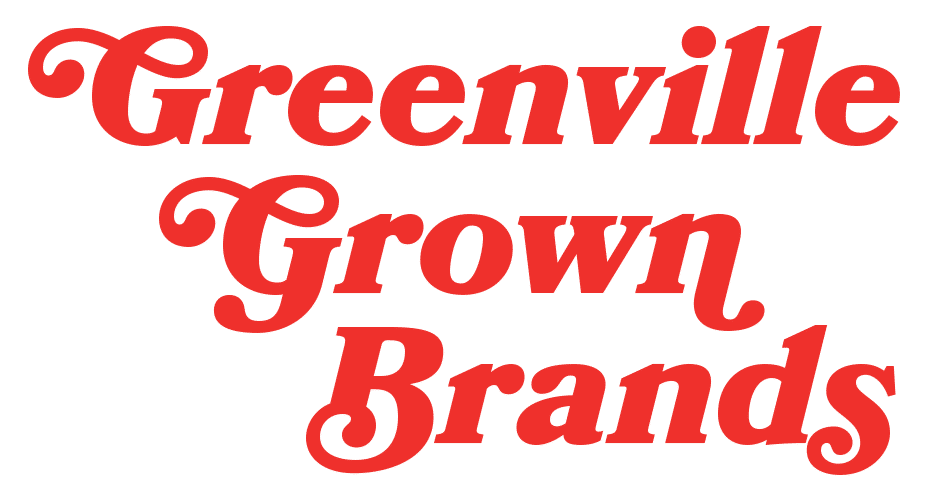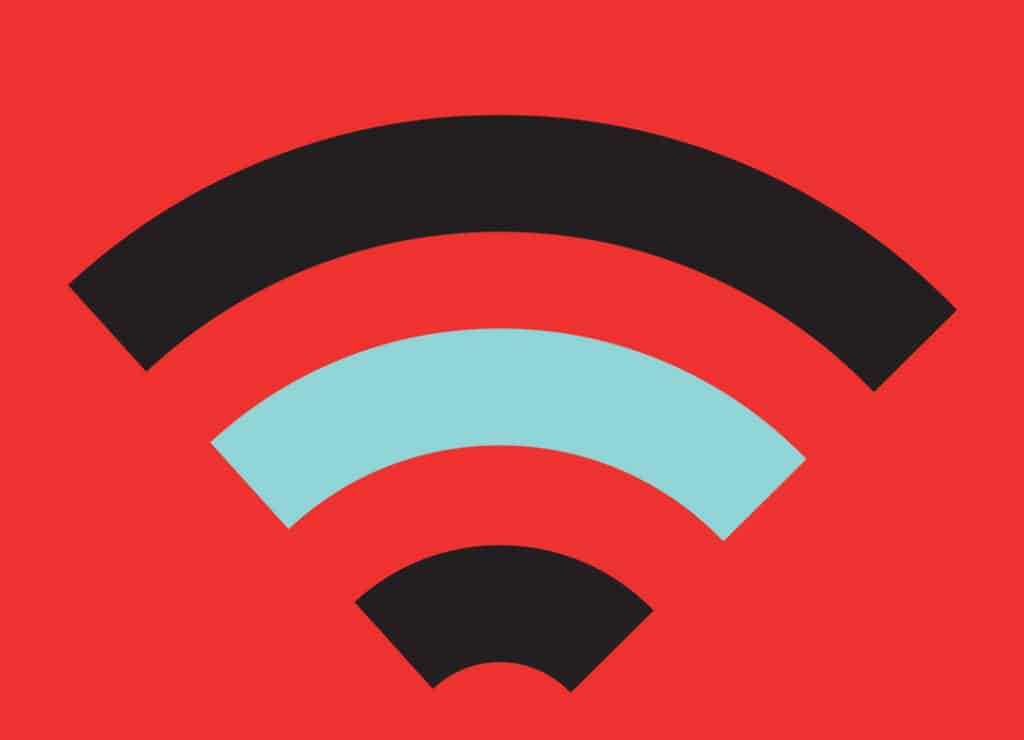It happens often. Too often. You’re attending a networking event or party and find yourself stuck talking to a droid programmed with buzzwords. Or worse, a rambler whose story is all over the map. You’re trying to follow along, but it’s giving … Girl (or Guy) You Wish You Hadn’t Started a Conversation With.
The truth is, these conversational faux pas are hardly restrained to social gatherings. Brands are consistently guilty of mucking up their own stories, leaving chaos and baffled customers in their wake (Twitter’s rebranding to X may come to mind).
And don’t get us started on the slate of B2B’s ubiquitously bad websites, with messaging chock-full of technical jargon and buzzwords and nominal clarity about what they actually do. A modern tool to build frictionless affinity? A platform boasting seamless systems integration and functionality? A revolutionary end-to-end solution for business transformation?
Enough.
Brand A could easily swap out copy for Brand B, and it would make zero difference in guiding customers closer to making a buying decision.
To appeal to customers, you need to communicate your brand’s value loud and clear; it’s how you ensure your product or services stick in the minds of customers. Creating a consistent, authentic story your customers can relate to accelerates your brand’s impact, improves your brand’s image, earns customers’ trust, and generates growth for your company along the way. That’s the beauty of following brand strategy.
In fact, companies that use brand strategy to maintain brand consistency typically see revenue increases between 10-20%, according to Marq. But before we get ahead of ourselves, we need to take a step back and get to the root of your brand’s mission.
What is the truest thing you can focus on within your own brand story? What impact are you aiming for, especially emotionally? What brand personality do you want to convey? What key messages do you want to communicate? And most importantly, why does any of it matter?
To find the answers, we rely on our brand strategy model, the Brand Blaze, to define a clear brand positioning.
Brand Positioning vs. Brand Storytelling
Of course, building an attention-grabbing brand story doesn’t happen overnight. If you’ve been following our Brand Blaze series, you already know that communicating your brand’s value goes beyond creating an eye-catching logo or a catchy company tagline; it requires an intentional examination of your audience’s needs, the insight to zero in on your competitive differentiation, and the capacity for delivering a great product or solution that improves customers’ lives for the better.
When preparing to launch (or relaunch) your brand, establishing brand positioning and developing your brand story can often feel like a chicken-or-the-egg dilemma. Which strategy should come first? And frankly, what’s the difference between brand positioning vs. brand storytelling?
Citing the father of modern marketing, Philip Kotler, The Branding Journal defines brand positioning as “the act of designing the company’s offering and image to occupy a distinctive place in the mind of the target market.”
Brand positioning is the key to building long-lasting relationships and making customers choose your brand over competitors, even if your product or service costs a little extra. In-house brand positioning serves as the foundation for all marketing and communications strategies, ensuring brand consistency across all channels and ensuring customers receive your messages loud and clear. It’s also one of the reasons most marketers recommend establishing brand positioning before developing brand storytelling.
Brand positioning guru, April Dunford, called conflating the two strategies “dangerous.” In a blog post, Dunford explains that structured brand storytelling requires “good inputs,” which relies on solid brand positioning rather than general assumptions about what we think our brand story is. These inputs include getting to the root of your brand’s:
- Problem definition
- Customer profile
- Unique value
It’s a structured process based on business results, not a brand story thrown together in team brainstorming sessions, she adds.
“We need a deep understanding of the real competitive alternatives to our solution, the unique features we have, the differentiated value that those features drive, the segments of customers that care a lot about that value, and the market category where we win before we know what our story is all about.”
– April Dunford
Think of your brand as a house. You wouldn’t start painting the exterior or hanging paintings without laying a solid foundation and building a strong frame first, right? Establishing brand positioning is like constructing good bones of a house. If the bones are bad (i.e. the foundation is cracked or the walls are unstable), your house is likely to collapse.
Here’s an incredible distinction between a decent brand and an excellent one — and it all comes down to crafting epic brand positioning and a stellar brand story.
Battle of the Vacation Rental Brands
What’s Airbnb’s secret sauce? Airbnb managed to win over the hearts of consumers with its rags-to-riches origin story, community storytelling (UGC), and heartwarming marketing campaigns, such as its popular “Bonnie and Clyde” commercial, which featured a montage of a cute, elderly couple vacationing in a Spanish villa and set to “03 Bonnie & Clyde” song by Jay-Z and Beyonce.
The ads not only underlined the brand’s positioning as the vacation rental company for unique experiences and “baecations,” but they also successfully tapped into the desires and emotions of prospective travelers beyond providing a house to rent — namely love, family and making memories.
That’s not to say Vrbo isn’t carving out their own lane. After Airbnb received a flood of backlash over nightmarish hosts, pesty guests, scams, and surging service/cleaning fees, Vrbo seized the opportunity to set itself apart from its rival.
The company doubled down on its competitive differentiation — private rentals — with a film series titled “Only Your People,” emphasizing that Vrbo “only allows private, whole homes [to] provide guests with all the space and privacy they need to spend time with only the people they’re vacationing with — and no one else.”
The ad was credited for boosting Vrbo app downloads to more than 16.8 million in 2022, outpacing Airbnb in the process.
And that’s the power of executing a strong, compelling positioning.
How to build successful brand positioning
By now, you’ve gained a deeper understanding of the purpose behind brand positioning — but you may be wondering how to pull it all together. While every marketing team may put their own spin on the process, our brand strategists lean on the insights uncovered through FUEL’s Brand Blaze process, particularly Golden Territory (Market research), Tribe (Audience research), and the Brand Essence (the brand personality) to create an internal brand positioning asset.
Together, these elements inform and guide marketing and business operations for our clients moving forward; it’s essentially a roadmap to give our clients’ brands legs to walk on.
FUEL’s brand positioning generally answers:
- Who you serve
- What you offer them
- How you offer it
- Why you do what you do, and …
- How this compares to the competition
Let’s take a closer look at how this brand positioning framework aligns with your brand-building goals.
Brand Script + One Liner
Your brand positioning is a longer statement about your differentiation, something clarified by completing your brand script (a blueprint of your company’s marketing messages according to Donald Miller’s exceptional StoryBrand framework!). It tells a simple story that leaves a distinct impression and enables your target audience to connect with your brand. And just like an author would undertake while crafting their next novel, this exercise forces you to get a clear understanding of your main character/the hero (your customer), the conflict (customer pain point or desire), and how you (as a guide) support them in reaching their solution (solve the conflict).
You’ll also want to add some social proof that lays out your differentiators to explain why they should choose you.
Miller often reminds brands that businesses should serve as a guide to ease their customers’ journeys, just like Luke Skywalker had Yoda and Danny LaRusso had Mr. Miyagi. It sounds simple, but it’s key to understanding that your brand isn’t the central character.
To create your brand script, fill in the blank:
Our Customer Is …
They Desire …
We Help Them By …
The One Thing That Makes Us Different Is …
Once you’ve completed the brand script, you’ll want to digest your message into a single sentence — a powerful one-liner:
We help ______ do _______.
It’s a message your whole team can memorize and get behind — so they don’t become the rambling guest at a party.
Tagline
If we were to ask you to name “the happiest place on Earth” or the brand behind the famous motivational quote “Just do it,” you’re likely to know we’re talking about Disneyworld and Nike. These iconic taglines succeed because they captivate consumers’ attention and give customers insight into a brand’s value and promise.
In the branding world, a tagline is a memorable motto or phrase that’s designed to keep your brand top of mind with your target audience. If you’re lucky enough to create an unforgettable tagline, it can become synonymous with your brand for generations to come, such as with DeBeer’s “A diamond is forever.”
When it comes to crafting a catchy tagline, there are a few things to keep in mind. A great tagline should highlight your unique selling point and be:
- Clear, not just clever
- Memorable
- Unique
A tagline should also incorporate your brand’s mission and its benefits and be written in your specific voice and tone. Take your time! Taglines may only be a handful of words, but it often takes a lot of brainstorming and revision work to nail it down.
Campaign Headline (or Slogan)
Now that you’ve written a tagline, you’re probably wondering about the difference between a tagline and a campaign headline or slogan. Unlike what many believe, these two strategies are not interchangeable. A slogan is a catchphrase that is associated with a specific advertising campaign but isn’t directly linked to a brand standing on its own.
For example, Apple’s tagline is “Think different.” But the brand’s recent campaign for its new Apple AirPods Pro boasted the slogan “Quiet the noise.” Standing on its own, a consumer might not comprehend the slogan’s meaning, but combined with Apple’s reputation as a leading technology brand and the giant image of a woman sporting its wireless earbuds, it makes sense: “Up to 2x more active noise cancellation than the previous generation.”
The value is clear: Apple’s new headphones allow consumers to focus on the music — not outside distractions.
Brand Narrative
When most brands think about their brand narrative, they’re often reflecting on their brand story, what customers often see on a company’s “About” page. It’s easy to confuse the two concepts, but there are nuanced differences. Just like any other tale, a brand story includes a clear beginning, middle, and end. A brand narrative, on the other hand, is open-ended and tends to evolve over time.
According to Maryann Bell, a director of Brand Strategy at eBay, “good brand narratives need to address common pain points, offer a contrasting viewpoint from the status quo, transcend a specific context, and have a compelling call to action for participation from other voices.”
Having a brand narrative means you understand what role your company plays in the bigger story, e.g. the market, and how it’s positioned to create business-related shifts to positively impact customers’ lives. They are often written out, like articles or magazine features, and include in-depth research, statistics, stories, and added context for a company’s products and services.
There are a variety of brand narrative frameworks available, but a popular method is the Before-After-Bridge. As described by Mailchimp, this framework includes creating the brand narrative in three stages:
- The before, thus highlighting the problem at hand;
- The after, describing a world where the problem is eliminated;
- The bridge, showcasing your brand as the solution and moving your audience from the Before scenario to the After.
One key element to crafting an incredible brand narrative is including the problem’s impact on human emotions and how it shapes their individual experiences. More importantly, everything said has to be true. When customers feel understood and heard, they are more likely to connect with the narrative and resonate with your brand’s purpose.
Brand Manifesto
Lastly, brands can express this purpose in a brand manifesto. A brand manifesto is “a public statement that communicates your mission, values, and vision to customers and employees.” It describes what your brand believes in and what it stands for.
Let’s resurface Liquid Death, the edgy canned water brand we discussed in our article on competitive differentiation. Written on the company’s website, below a far-blinged-out font fashioned in its famous tagline: “Murder Your Thirst,” lies the brand’s manifesto:
“We’re just a funny beverage company who hates corporate marketing as much as you do. Our evil mission is to make people laugh and get more of them to drink more healthy beverages more often, all while helping to kill plastic pollution.”
-Liquid Death
It’s simple, funny, and while creatively clever, gets straight to the heart of the brand. Consumers who read the statement can easily see how Liquid Death eschews boring, corporate behavior, provides an alternative to alcoholic beverages, and cares about the environment — all in two sentences.
After all, a study commissioned by Google Cloud found that 82% of shoppers want a brand’s values to align with their own.
Let FUEL ignite your brand’s positioning potential
Once you have established brand positioning for your company, it’s time to get to work on sharing your brand story across social media, public communications, and marketing campaigns.
Remember, the goal of brand positioning isn’t to pour hours of work into creating a document that winds up collecting dust on the shelf. Building powerful brand positioning is your opportunity to appeal to customers and rise above the noise. Like a thesaurus propped up on a writer’s desk, it’s a resource to be returned to, time and time again.
If you need a guide to fuel your brand positioning efforts, get in touch with us. Our brand experts have helped countless brands uncover their true potential, enabling their businesses to stand out from the crowd and authentically connect with customers.








